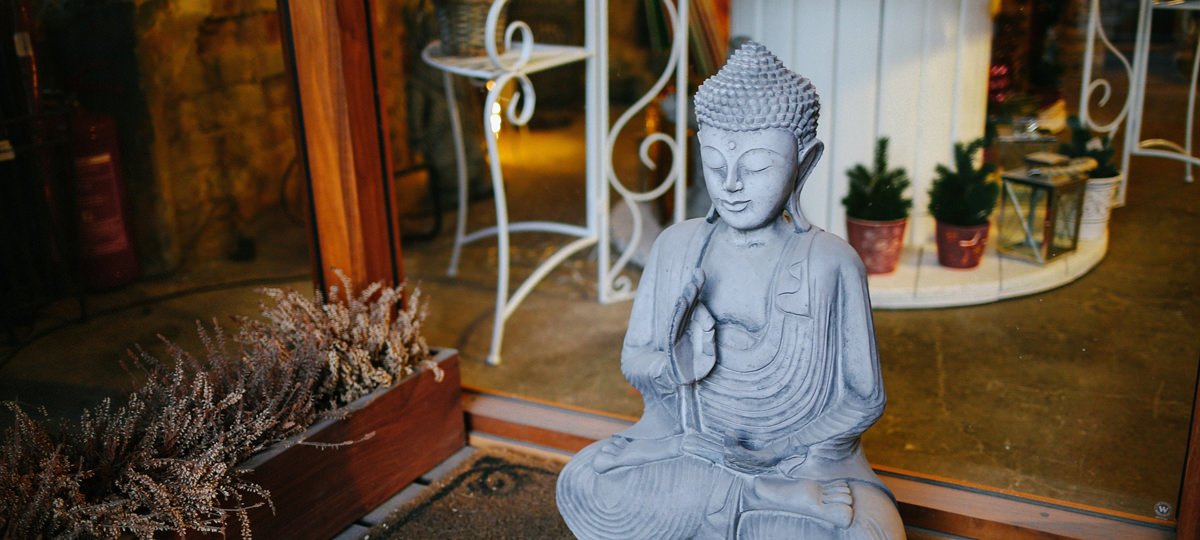
Kumbh Mela festival is religiously most important for the Hindus. At every Kumbh occasion, millions of Hindus take part in the celebrations. Irrespective of all worldly barriers of caste, creed, region, the Kumbh Mela has wielded a mesmeric influence over the minds and the imagination of the ordinary Indian.
The festival is visited by the most amazing saints from all across India. Some of the famous saints groups are:
Kalpvasis are who spend entire month of Kumbh on the banks of Ganga, meditating, performing rituals and bathing thrice a day.
Kumbh Mela is the largest concentration of religious gathering in the world. It’s held once in 12 years this festival is a must visit during a trip to India.
Disburden Sins and take a Dip Make a Wish : According to Hindu mythologies, this is the only time and place in the world where a person can disburden his sins and achieve ‘Nirvana’ from the vicious cycle of birth and re birth. Take dips in the holy Ganges that is said to wash away all the sins of a person. Light a Diya and make a wish, they do come true.
Surrender to Peaceful Activities: Taking dips three times in a day, attending yoga classes, listening to the divine lectures and participating in the cultural programmes are just a few of the activities that one can enjoy during the famous Kumbh Mela. Travel to Kumbh Mela and experience the inexperienced.
Kumbh Mela is not just a mere festivity like Diwali and Holi, but holds lot of importance for people in India. People look up to Kumbh Mela with highest regard, as this event gives them a golden opportunity to liberate themselves from the miseries and sufferings of life. It enables them to take a holy dip in the sacred water and wash away all the sins they have committed in the past. People come from different parts of the country to be a part of this sacred ceremony. It is believed that taking a holy dip in water paves way for attainment of Moksha.
Rig Veda has a mention about the significance of convergence of river Ganges, Yamuna and Saraswati at Prayag or Sangam.
References can be found about the significance of this ritual in Varaha Purana and Matsya Purana as well. There is a belief that the ashram of the learned Bharadvaja, where Lord Ram, Laxman and Sita lived at the time of their exile, was situated at Sangam. It is said that a number of saints including the great Shankaracharya and Chaitanya Mahaprabhu visited Sangam and observed the Kumbh Mela. The great Indian epics such the Ramayana and Mahabharata have mentioned that a yagna was conducted by Lord Brahma at Sangam.
Bathing in the holy river on the auspicious occasion of Kumbh Mela is the most important activity for millions of people in India. A large tented city is erected and pilgrims stay at tents owned by Pandas (religious and spiritual guides) and at various ashrams. Others will just camp on the ground or turn up for the actual bathing day. Some of these bathing days are designated “royal,” and it is on these days that the naga sadhus (naked mendicants) parade and bathe. On other days there will still be people bathing and other events and random processions.
The main ritual performed at that Kumbh Mela is the ritual bath. Hindus believe that submerging themselves in the sacred waters on the most auspicious day of the new moon will absolve them and their ancestors of sin, thus ending the cycle of rebirth. Pilgrims start lining up to bathe from around 3 a.m. on this day.
As the sun comes up, the different groups of sadhus move in procession towards the river to bathe. The Nagas usually lead, while each group tries to outdo the others with more grandeur and fanfare. The moment is magical, and everyone is absorbed in it.
After bathing, the pilgrims wear fresh clothes and proceed to worship by the river bank. They then walk around listening to discourses from the various sadhus.